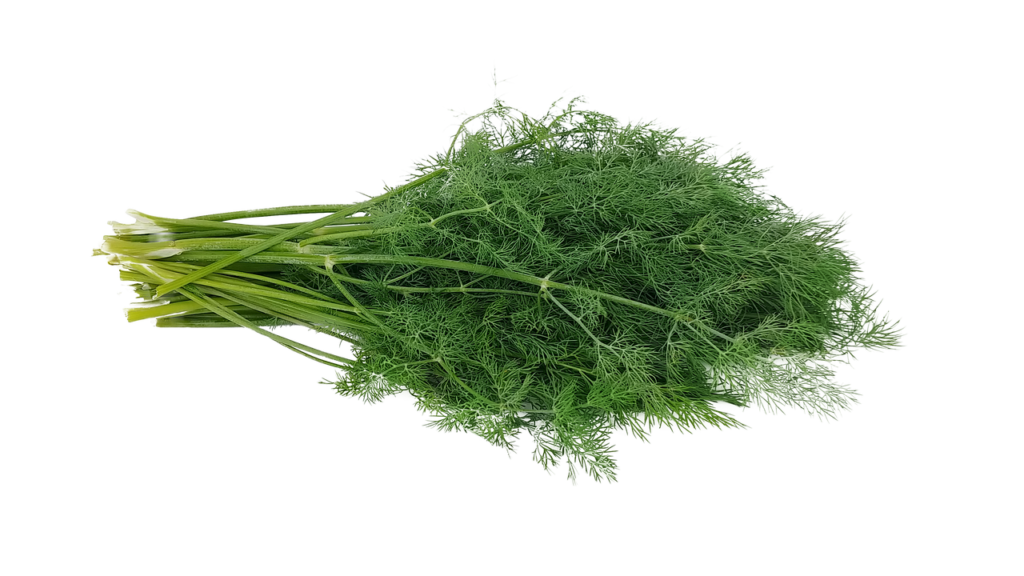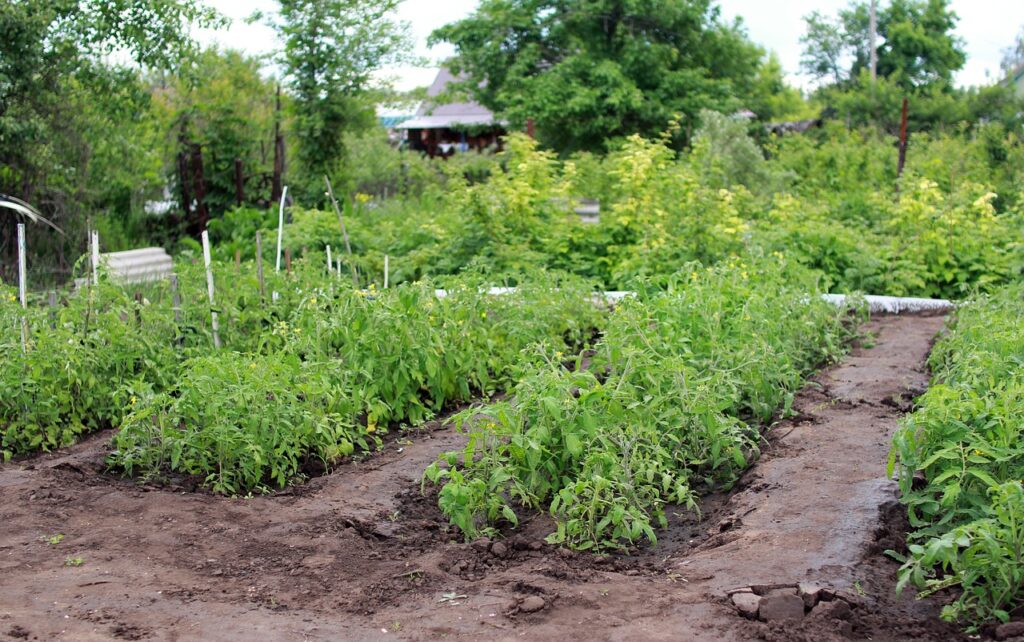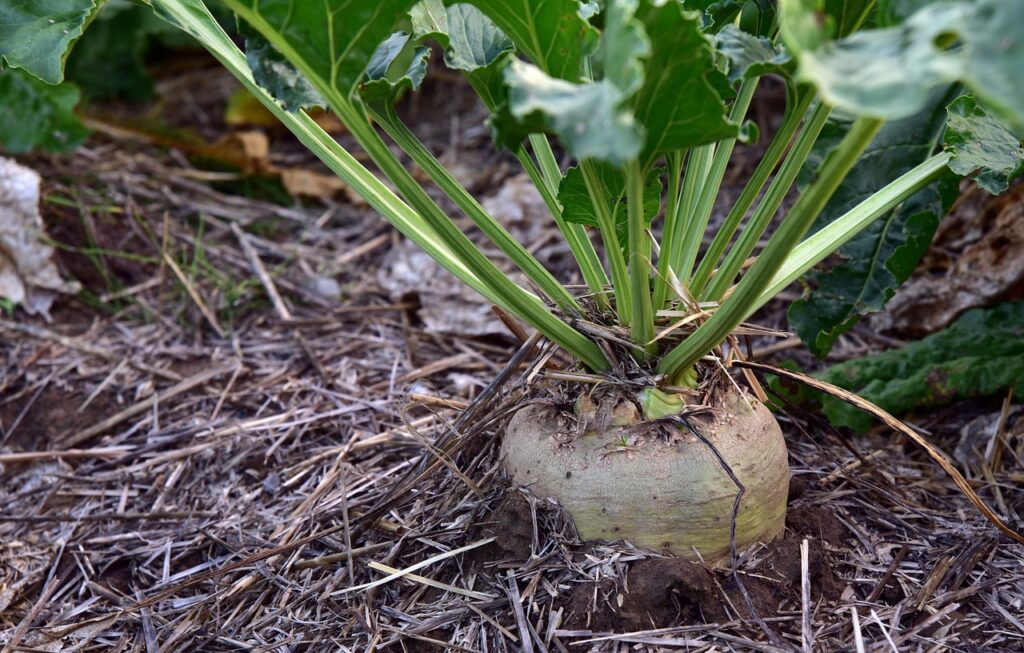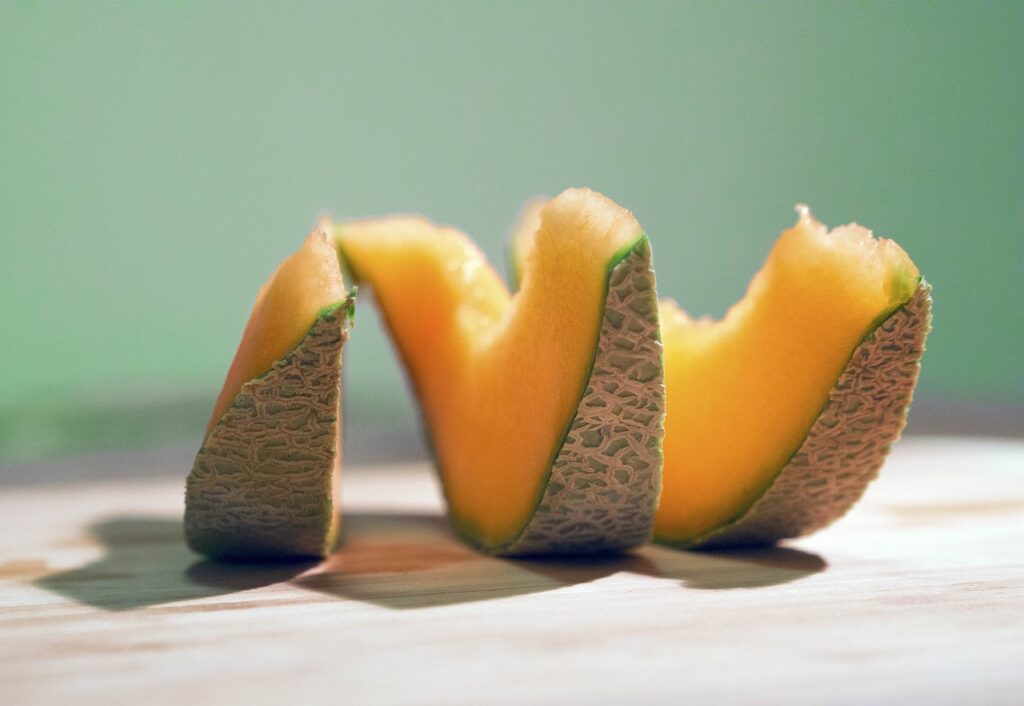Are you looking for green and innovative ways to protect your plants from pests, the world is turning away from harsh chemicals? Companion planting is an age-old, gardening technique that can help you create a healthier and more balanced garden. By planting certain crops together, you can attract beneficial and predatory insects that prey on common garden pests, such as aphids, spider mites, and caterpillars. One of the most popular companion plants is dill, which has proven to be an effective natural pest control and an excellent companion for growing a range of vegetables and herbs at home. In this blog post, we’ll explore the benefits of dill companion planting and how you can use it to create a thriving vegetable garden.
As an Amazon and ebay Affiliate we may earn a commission off any purchases made through our links. This won’t affect the price you pay.
Why Dill is a Great Companion Plant
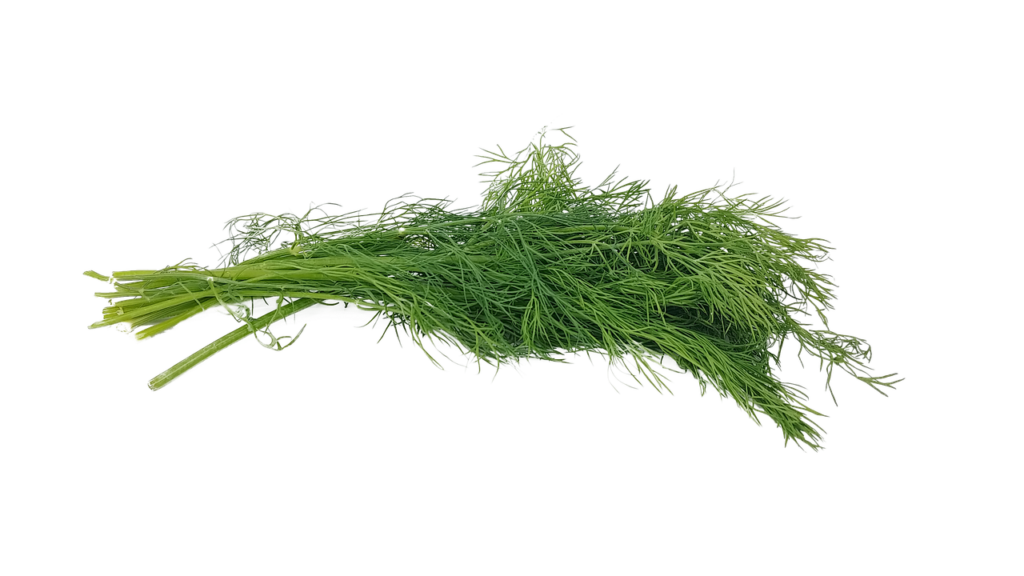
Dill is a hardy annual herb that grows well in a variety of climates and soil types. It produces delicate yellow flowers that attract a range of beneficial insects, including ladybugs, lacewings, and parasitic wasps. These insects are natural predators that feed on common garden pests, such as aphids, spider mites, and caterpillars. By planting dill alongside your crops, you can create a natural barrier against these pests and reduce the need for pesticides.
Dill is also a great companion plant for other herbs and vegetables. It has a shallow root system that won’t compete with other plants for nutrients and can help improve soil quality by attracting earthworms and other beneficial organisms. Dill has a strong aroma that can help mask the scent of other plants, making it harder for pests to locate them. Additionally, dill contains essential oils that act as a natural repellent to some pests, such as spider mites and aphids.
Dill Companion Plants
While dill complements many vegetables and herbs, some plants are more compatible than others. Here are some of the best matches when companion planting dill:
Tomatoes
Dill can help repel pests like tomato hornworms. The herb attracts beneficial insects like ladybugs and lacewings that feed on the eggs and larvae of the tomato hornworm. Your tomato plants will thank you.
Cucumbers
Dill repels cucumber beetles while attracting parasitic wasps that prey on their larvae.
Lettuce
Planting dill around lettuce can help to repel aphids, which are a common pest.
Carrots
Dill’s essential oils help repel carrot flies, a common pest that can damage the roots.
Broccoli
Dill’s scent helps to discourage pests like aphids and cabbage worms while attracting beneficial insects like hoverflies and wasps.
Peppers
Dill can repel pests such as pepper weevils and aphids, and attract beneficial predatory insects.
Onions
Dill can help repel onion maggots and thrips, while attracting beneficial insects like predatory mites.
Squash
Dill can help deter squash bugs and attract beneficial insects like ladybugs, lacewings, and parasitic wasps.
Radishes
Dill’s scent can help repel pests like the cabbage maggot that can also affect radishes.
Eggplant
Dill is a companion plant for eggplants as it can repel aphids and attract beneficial insects like ladybugs, lacewings, and parasitic wasps.
Beans
Dill can help attract beneficial insects like predatory wasps and help deter pests like spider mites from damaging the plant.
Beets
Dill attracts beneficial insects that feed on aphids, spider mites, and beetles, which can damage beet plants.
Kale
Dill can deter pests like cabbage worms and attract beneficial insects, making it a great companion plant for kale.
Cabbage
Dill’s scent can help repel pests like cabbage worms and attract beneficial insects like wasps that prey on them.
Cauliflower
Dill can help repel pests like aphids and attract beneficial insects like ladybugs, which feed on them.
Brussels sprouts
Dill is a companion plant for Brussels sprouts as it can repel pests like aphids and attract beneficial insects like ladybugs and lacewings.
Swiss chard
Dill can help repel pests like spider mites and attract beneficial insects like ladybugs that feed on them.
Spinach
Dill can deter pests like aphids from damaging spinach while attracting beneficial insects like ladybugs.
Peas
Dill can help repel pests like spider mites, and attract beneficial insects like parasitic wasps.
Corn
Dill’s essential oils can help repel pests that can damage corn plants like corn borers, and attract beneficial insects like predatory wasps that prey on them.
Tips for Planting Dill
To get the most out of your dill companion planting, here are some tips to consider when planting:
Choosing a Location for Dill
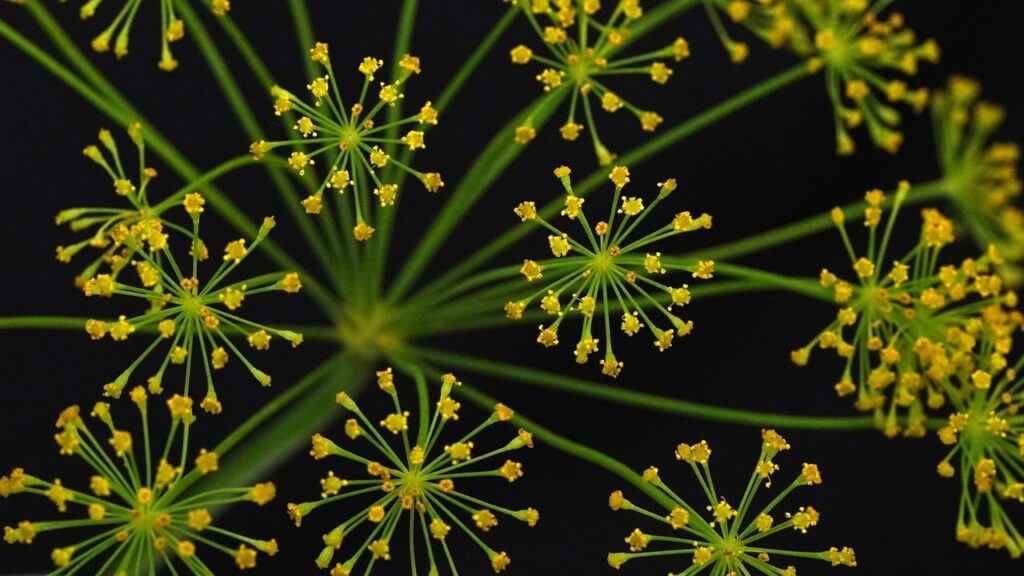
Dill is a sun-loving plant that needs at least six hours of direct sunlight per day. When choosing a location for your dill plant, make sure it is planted in an area that receives full sun. Dill prefers a soil that is well-draining with a slightly alkaline pH of about 7.0. It can grow in a variety of soil types, but it thrives in rich, fertile soil with compost and organic matter.
Planting Dill
Dill can be easily grown from seed, and it is best to sow seeds directly in the garden bed where you want the plants to grow. Dill seeds should be planted in the ground about two to three weeks after the last frost date in your area. The seeds should be sown about a quarter to a half-inch deep in the soil, and the rows should be spaced about 18-24 inches apart. If planting in a container, choose a pot that is at least 12 inches deep and wide, and sow seeds 1/4 inch deep.
Watering and Fertilizing Dill
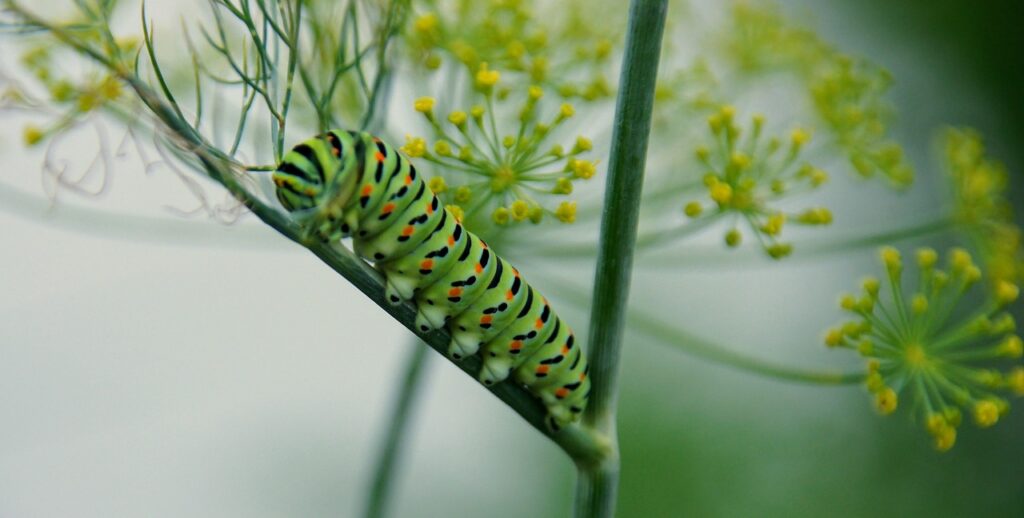
Dill needs regular watering, especially during the hot summer months. Water your dill plants regularly to keep the soil moist but avoid overwatering as this can cause the roots to rot. Fertilizer can help your dill plant grow, but be careful not to use too much nitrogen-rich fertilizer which will cause the plant to develop more foliage at the expense of the flavorful seeds.
Harvesting Dill
Dill is a fast-growing herb that can be harvested as soon as the leaves have matured. The leaves have the highest flavor when harvested before the plant flowers, and the first leaves can be harvested about eight weeks after planting. Dill leaves can be harvested as needed to add to recipes like salads, sauces and dips.
If you want to harvest dill seeds, wait until the flowers have dried up and turned brown before harvesting. Cut the entire flowering head from the plant and place it upside down in a paper bag. Leave the bag in a warm, dry place for a few days until the seeds have dried and fallen off the plant. The seeds can then be stored in an airtight container in a cool, dry place to use in pickling and sauces.
Culinary Uses
If you are going to use Dill in the garden, it will be useful to know how to use it in the kitchen. Here are some ideas:
Cold Dishes
Pickling: Dill is a common herb used in pickling to add flavor and aroma to cucumbers, green beans, beets, and more.
Sauces: Dill can be used to add flavor to a variety of sauces like ranch dressing, mayonnaise, and tartar sauce.
Salads: A handful of fresh dill has the ability to take your salads to the next level. Simply add some fresh dill to salads that include cucumber, feta cheese, or tomato.
Yogurt: Dill can be added to plain yogurt to make creamy dips for vegetables or as a topping for baked potatoes and roasted vegetables.
Bread: Dill bread is a popular dish that can be made by adding fresh dill to bread dough.
Hot Dishes
Soups: Dill adds a delightful freshness to soups, proving to be a great addition in soups like potato soup and borscht.
Scrambled eggs: Dill mixed in with scrambled eggs is a popular way to give the dish a unique, fresh flavor.
Meat: Roasted chicken, beef, or lamb can be flavored with a dill, garlic-butter sauce for a delicious meal.
Rice: Add dill to rice to give it a unique flavor profile, especially wonderful with grilled fish or meat.
Fish and Seafood: Dill is a perfect herb to enhance the flavor of fish and seafood. Try adding fresh dill to salmon, trout, halibut, or shrimp dishes.
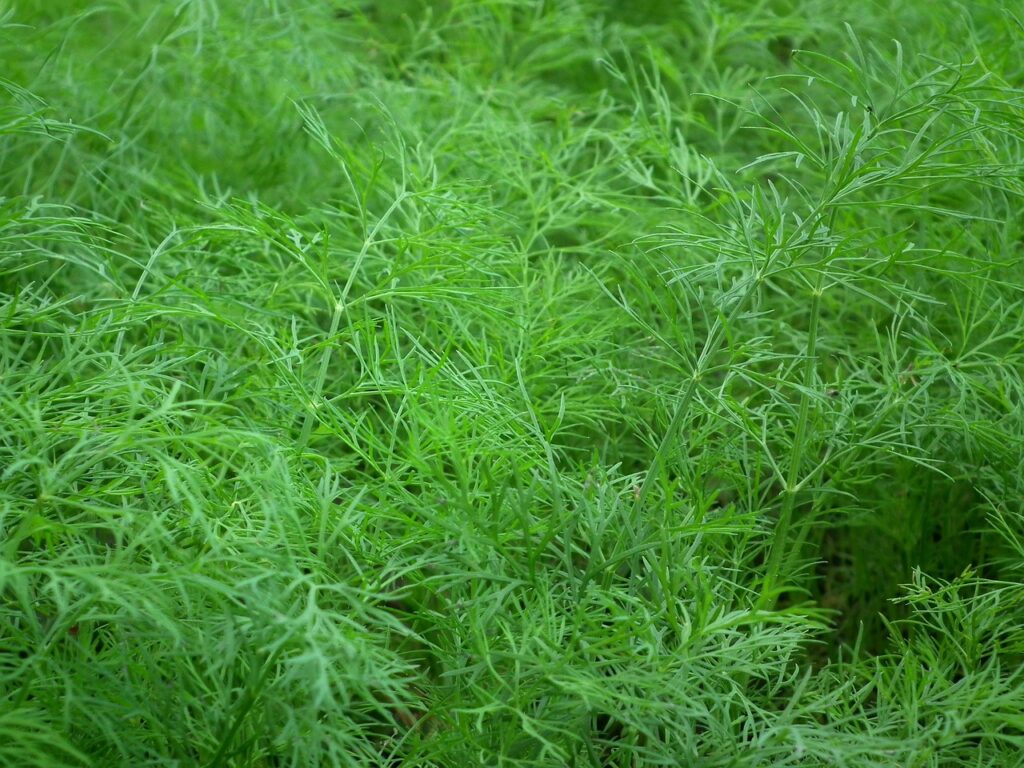
Dill companion planting is a natural and effective way to control pests and support the health of your vegetable garden. By planting dill plants with your vegetables, you can attract beneficial insects that prey on common pests, improve soil quality, and create a more balanced ecosystem. With a little planning and care, you can create a thriving garden that’s both beautiful and bountiful. So why not add some dill to your garden this season and watch your plants flourish?
As an Amazon and ebay Affiliate we may earn a commission off any purchases made through our links. This won’t affect the price you pay.
